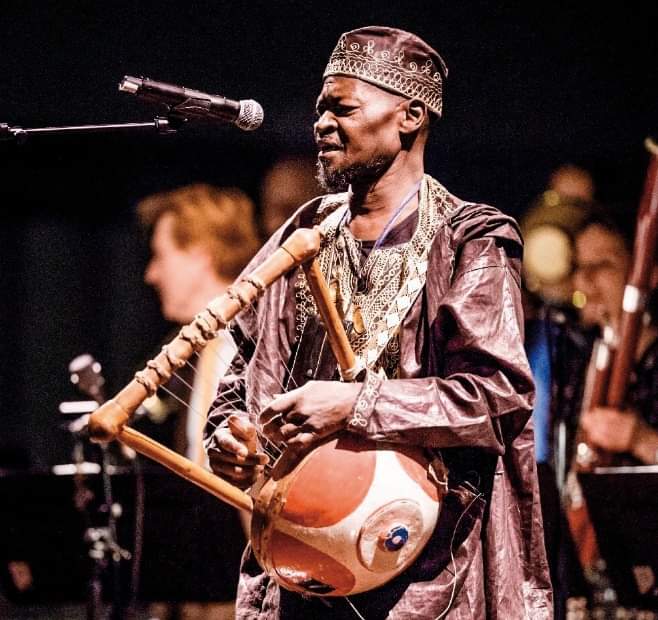
KOTH BIRO - AYUB OGADA
On the fifth day of the eighth month of 2016, an audience in Rio de Janeiro Summer Olympics, Brazil, marvelled at the soothing sounds of ‘Koth Biro,’ a hit song by the late Ayub Ogada, upon the collision of its waves with their ears.
On the fifth day of the eighth month of 2016, an audience in Rio de Janeiro Summer Olympics, Brazil, marvelled at the soothing sounds of ‘Koth Biro,’ a hit song by the late Ayub Ogada, upon the collision of its waves with their ears.

Black and white ears alike. For the first time in the history of Twitter, Ayub Ogada’s name together with his song, topped the #trending list. This is a Luo Affair. Let’s get to it.
More ears got attentive, mouths went agape, and eyes widened as the event beamed live across the world. ‘Koth Biro’ pierced across the air, maneuvered through the thick Kodera forest, scaled over Got Ramogi,
and sailed through Lake Victoria to reach more ears, calm the wandering souls, and sell the name of a Luo Legend. A Luo People. The Luo Culture. The Kenyan Culture.
The name, the songs, and the face of Ayub Ogada, born Job Seda, are exhibits that a prophet is not appreciated in his homeland. If you like, call them, Exhibit A, Exhibit B, and Exhibit C.
Ogada was born in Mombasa, originally hails from Nyahera, Kisumu, and spent the next 15 years of his lifetime in Chicago from age six. While abroad, he performed in numerous events and he was mostly booked out. He later came to Kenya, perfected his mother tongue,
and sang his songs in an open space around Lake Victoria where he thought his music would make more sense and relate to indigenous audience, but in vain.
Ayub’s significant fame in Kenya was born on the day his ‘hit song’ was played in Summer Olympics in Rio De Janeiro as Keino, a former Kenyan athlete received the Olympic Laurel Award in 2016. His fame, however, did not live for long as the sun set on him on evening in 2019.
With his talented fingers and eight-stringed Nyatiti, Ogada connected to his music spiritually and deeply. On his last day in the world, he asked his wife to prepare goat meat that he never partook.
Instead, he asked her to keep it for the people who will come to celebrate his life. In his words, as per one of the established Kenyan newspapers, were, “If I sleep I will never wake up”.
He took a walk around his home. And collapsed hours later never to stand again.
His voice still lives in different corridors of media.
Long Live ‘Koth Biro’
His voice still lives in different corridors of media.
Long Live ‘Koth Biro’
Ogada,
Your name is still present with us. Published on various digital platforms because your voice already set the legacy that will hardly die.
In some way, you are more present than the living man.
Nind Gi Kwe.
Steve The Writer
Your name is still present with us. Published on various digital platforms because your voice already set the legacy that will hardly die.
In some way, you are more present than the living man.
Nind Gi Kwe.
Steve The Writer
• • •
Missing some Tweet in this thread? You can try to
force a refresh






